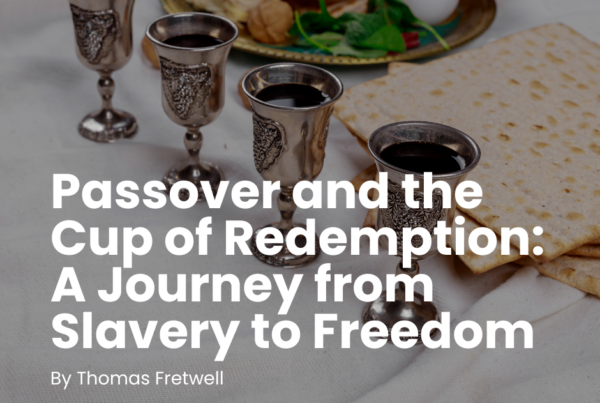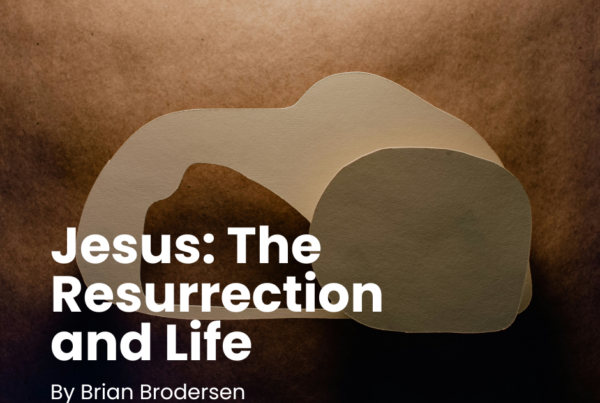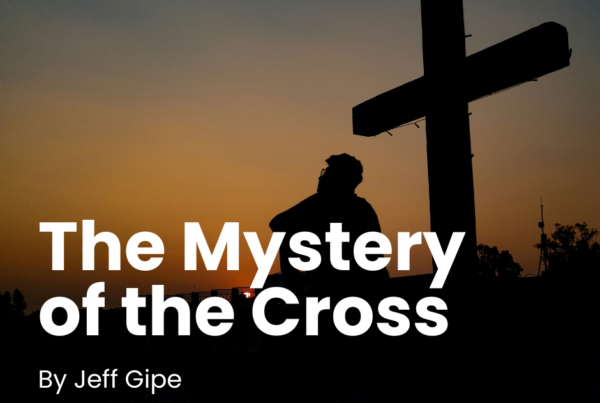
“…By a new and living way which He consecrated for us, through the veil, that is, His flesh” (Hebrews 10:20).
As we celebrate Christmas, we ponder the wonder of the incarnation of Jesus. That the second member of the Godhead added humanity to Himself, thus forever uniting Himself to humanity.
The writers of the New Testament stress both the humanity and divinity of Jesus. So we affirm that Christ is one person with two distinct natures, not separated, not mixed but forever united.
Theologically, we refer to this as the hypostatic union. In this brief advent reflection, I want to look at the words “through the veil,” that is to say, “His flesh,” and examine the imagery the author provides.
Here the author is saying, that by the blood and through the flesh of Jesus, we enter the most holy place with the human Jesus as our high priest who leads us. But notice that it is His flesh that is the gate of entrance. This is an intriguing way to express the high priestly work of Jesus and how He brings us into the presence of God.
What I want to do now is take up what seems to be an invitation to explore the range of meaning that the imagery employed by the author evokes, focusing on the imagery of the veil.
The flesh of Jesus veils the glory of God
When Jesus was transfigured on the mountain, we read, “His face shone like the sun, and His clothes became as white as the light.”
What happened is that Jesus temporarily allowed His Divine nature to be expressed and let His glory radiate. This is why both John and Peter refer to that event and associate it with seeing the glory and majesty of God.
For instance, when John writes about this event, he says:
“And the Word became flesh and dwelt among us, and we beheld His glory, the glory as of the only begotten of the Father, full of grace and truth” (John 1:14).
He is here referring to seeing the glory of Jesus revealed on the mountain. What is important is that though this was a temporary event, it was a taste of what living in the New Jerusalem will be like.
John shares his vision of of the New Jerusalem in Revelation 21:10,11, where we read:
“And he carried me away in the Spirit to a great and high mountain, and showed me the great city, the holy Jerusalem, descending out of heaven from God, having the glory of God. Her light was like a most precious stone, like a jasper stone, clear as crystal.”
He goes on to say in Revelation 22:5: “There shall be no night there: They need no lamp nor light of the sun, for the Lord God gives them light.”
What is to be stressed here is that in the New Jerusalem, God’s glory will be present and expressed with all its fullness. Redeemed humanity will be able to stand it because they will be in their glorified state.
Until then, man cannot withstand being in the full presence of God’s glory.
Thus, as Jesus was on the earth, He had to restrain the full expression of His glory, and His flesh was the veil that covered His glory from man.
To further develop this idea, we can think of Moses who was also on a mountain where the glory of God was revealed. In Exodus 33, Moses asks God to show His glory. God’s response was that Moses could not see His face and live. We read:
“But He said, ‘You cannot see My face; for no man shall see Me, and live.’ And the Lord said, “Here is a place by Me, and you shall stand on the rock. So it shall be, while My glory passes by, that I will put you in the cleft of the rock, and will cover you with My hand while I pass by. Then I will take away My hand, and you shall see My back; but My face shall not be seen.’”
Notice that Moses was covered while God’s glory passed by. Moses eventually got his request not on Mount Sinai, but on the Mount of Transfiguration as he conversed with Jesus and Elijah. As Moses came down to the camp, his face shone from the encounter, which led to Moses putting a veil over his face as he conversed with the people.
Commenting on this, Paul says in 2 Corinthians 3 that the children of Israel were not able to look at Moses’ face because he was reflecting the glory of God. Even though it was a mere reflection and a fading one at that. He then goes on to say in verse 18:
“But we all, with unveiled face, beholding as in a mirror the glory of the Lord, are being transformed into the same image from glory to glory, just as by the Spirit of the Lord.”
In Christ, the veil is removed, and we see God’s glory as it is revealed in and through Jesus, who is the brightness of His glory and express image of His person (Hebrews 1:3).
John also tells us that Jesus reveals God’s glory and the Father. In His introduction, he plays heavily on the theme of light. This is because He is seeking to draw our minds to the glorious light of God’s nature. This light he says, is Jesus. Then, in the span of five verses, he associates Jesus with the glory of God and manifestation of the Father.
“And the Word became flesh and dwelt among us, and we beheld His glory, the glory as of the only begotten of the Father, full of grace and truth” (John 1:14).
“No one has seen God at any time. The only begotten Son, who is in the bosom of the Father, He has declared Him” (John 1:18).
Moses was not allowed to see God and live.
Yet in Christ, we are allowed to see God and live.
All because Jesus clothed and united Himself to us in adding flesh to His person. Remember our verse in Hebrews tells us that the flesh of Jesus is a veil.
The immediate reference is to the temple veil. It is as this veil torn, that we are able to see what it hides, namely the glory of God in the holy place where God sits enthroned between the cherubim.
It is the tearing of this veil of His flesh that we will take up in our next reflection.
In closing, I invite you to reflect on the following statement. God who dwells in unapproachable light has come near to us in the humanity of His Son Jesus as one of us. Sharing in our flesh.








